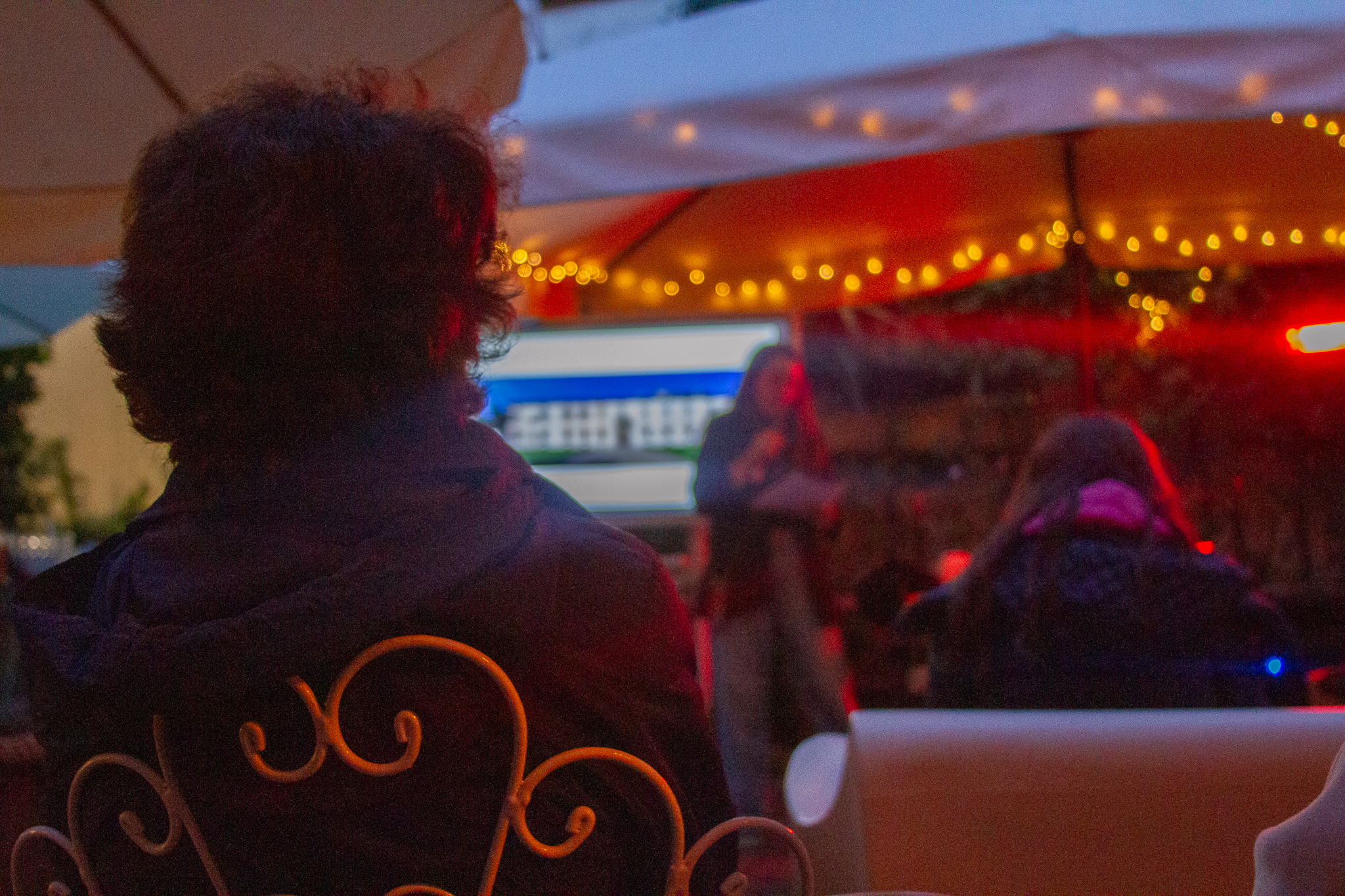Reserve your spot today for AUF's 14th annual academic conference, The Renaissance of Material Media in Film, Photography & Beyond!

Exploring the Medici Garden of Castello:|How Art Holds Power
The Palazzi Community Center Presents: Made In Florence
On March 24, the Palazzi Community Center welcomed speakers Eleonora Pecchioli, President of the Association “Per Boboili,” and architect Gabriele Capecchi to discuss the Medici Garden of Castello in its original form from 1538 to 1568. Eleonora Pecchioli introduced the event, discussing the origins of the Gardens. She explained how the Gardens came into the Medici Family through Botticelli and Lorenzo the Magnificent. The community center was filled with art and history lovers eager to discover the significance behind the beautiful gardens in their beloved city of Florence.
Throughout the event, Capecchi explained how Cosimo I de’ Medici used art to portray his values and solidify his power and influence over Florence—most notably through the statues of the Grotta degli Animali. The Medici Garden of Castello is considered a prototype of the 16th-century Italian garden, featuring a structured layout with hedges, geometrically shaped box trees, and harmoniously divided spaces. It is renowned for its rich symbolism, abundant sculptures, fountains, and a notable collection of citrus plants.
Capecchi, whose deep passion for architecture was evident in his presentation, encouraged audience members to visit the Castello Garden firsthand. He shared insights into the garden’s original architectural style dating back to 1550, detailing how every element was meticulously designed to reflect the power and legitimacy of Cosimo I de’ Medici. The garden’s association with the Medici family further solidified its political and cultural significance. Statues throughout the garden represent members of the Medici family, cementing their legacy in Florence’s art and architecture.
Cosimo I de’ Medici also used the Castello Gardens as a venue for extravagant entertainment, hosting theatrical performances and diplomatic gatherings that reinforced his dominance in European affairs. The carefully designed vistas, axial symmetry, and monumental statuary all conveyed messages of authority, mastery over nature, and intellectual refinement. While the gardens captivate with their beauty, they also serve as a potent political and cultural symbol of the Medici family’s reign.
One of the most impressive features of the gardens is its sophisticated irrigation and water management system. Renaissance engineers designed an intricate network of underground tunnels, aqueducts, and fountains to ensure a steady water supply. These hydraulic innovations went on to influence future landscape designs across Europe, with similar techniques later implemented in the gardens at Versailles and Schönbrunn.
During his discussion, Capecchi also expanded on the significance of the Grotta degli Animali—a grotto adorned with animal sculptures. He explained that this striking feature symbolized the Medici family’s control over nature and their ability to maintain order and stability. Each statue represented a virtue—valor, honesty, culture, and peace—that Cosimo I wanted his citizens to embrace, illustrating the shared values of his family. These artistic elements were also important in demonstrating Florence’s strength during periods of unrest in the 1550s, as Cosimo sought to clearly communicate who held power in the city.
The speakers concluded by urging the audience to visit the Castello Garden, one of Florence’s most significant Medici gardens, as it stands as a living testament to the city’s history and the enduring influence of one of its most powerful families. With the community now more deeply acquainted with its history and significance, the invitation is open to experience it firsthand and reconnect with Florence’s storied past. Immerse yourself in our city's heritage, where art and history unite to bring the legacy of the Medici family to life.
Latest news
Into the Darkroom
Tucked in the basement of The American University of Florence's Corso Dei Tintori 21 campus building, students enrolled in Introduction to Film Photography gather outside...
Biografia di un amore dell’ottocento
The latest Palazzi Community Center's book presentaion packed the garden full of those eager to hear from Benedetta Geddes & Caterina Perrone
